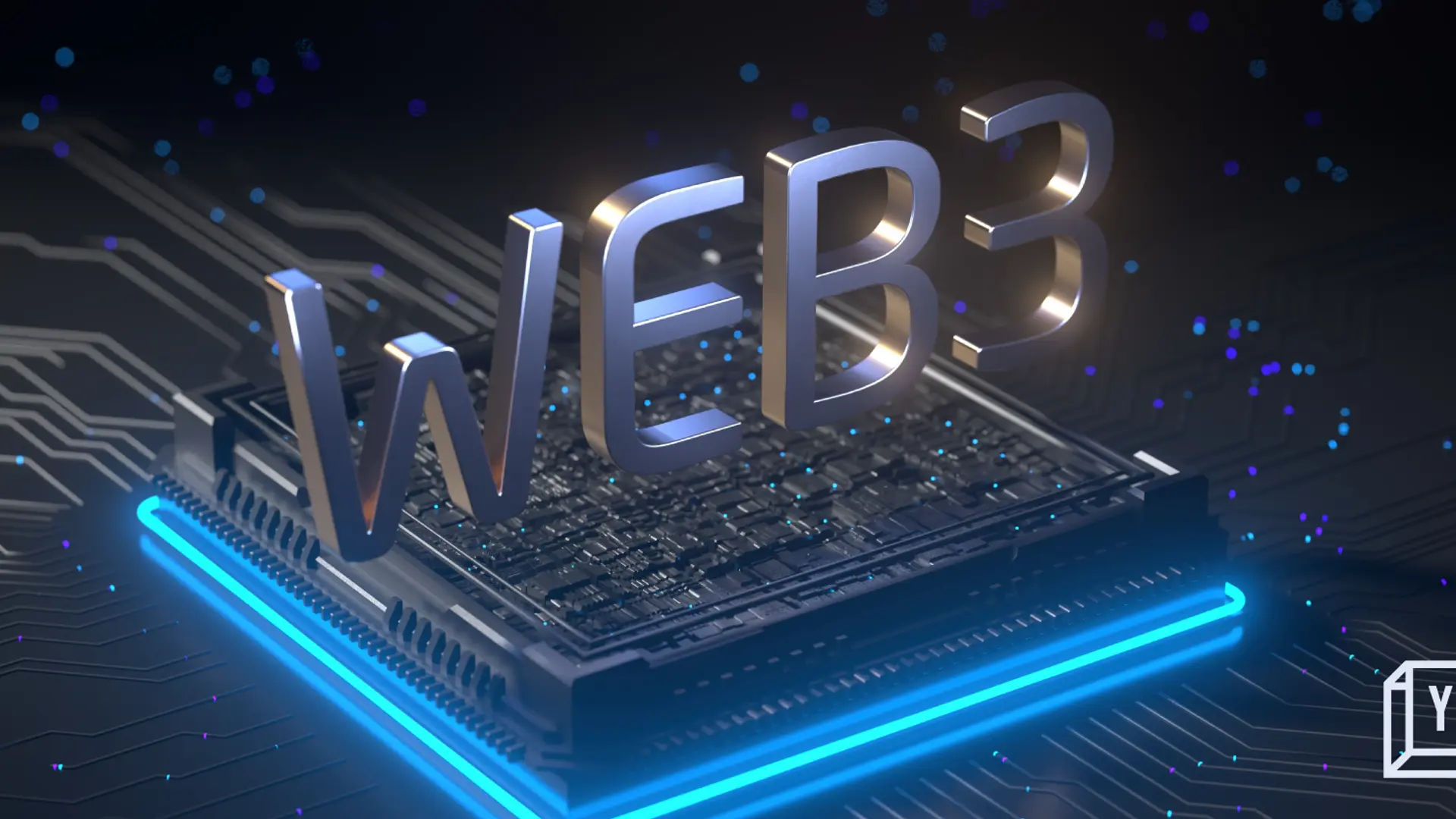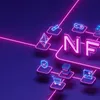New to Web3? Here’s some basic Web3 lingo to get you started
Feeling left out when people talk about decentralised finance, Web3, and cryptocurrencies? Here are 13 terms to get you up-to-date.
Unless you are living under a rock, there’s no way you’d have missed the explosion of Web3 in the last couple of years. But what is this new phenomenon nearly everyone in the innovation ecosystem is going crazy over?
If you are just getting to know this subject, it may still not be too late for you.
Anyone who wants to explore this field must have basic knowledge about words thrown around in this area. Do you think the 85 million blockchain wallet users would have had 100% knowledge when they started off in this field?
With an annual growth rate of 56.3%, the blockchain industry is predicted to grow to a whopping $163.83 billion dollars by the year 2029. This gives us all the more reason to explore this domain and set the foundation right.
So, get your notepad and pen to begin your exploration into the third generation of the internet!
Web3's history
Web3 came into being in the year 2014 with the introduction of blockchain technology, particularly with the advent of Bitcoin and Ethereum. The idea of Web3 was to remove limitations of the current internet, such as reliance on intermediaries, lack of privacy control, censorship, manipulation and ownership by the big tech.
Web3 aims to provide users with a transparent and open internet experience. It envisions a web where users have greater control over their data, digital identities, and digital assets. As the ecosystem continues to evolve and new technologies are developed, we can expect further advancements in Web3 concepts and implementations.
But what are some of the common lingo that you should be aware of before you take the plunge? Here are 13 of the most common Web3 terms you need to have at your fingertips to navigate this space better.
1. Web2
The ancestor of Web3, the second generation of the internet, is termed Web2. All of us are currently using the internet in Web2 mode. What does this entail? Few big players controlling social media platforms, heavy censorship, centralised disbursement of information, et al.
For example, Meta which owns Facebook and Instagram, and Twitter are tech giants that currently control most of the social media platforms and as users, we primarily consume information and interact with each other through these platforms. As a result, we have limited control over our data in Web2 and the power lies in the hands of these tech giants.
2. Web3
Web3 aims to decentralise power, enable greater user control, and foster trust and transparency in digital interactions by eliminating intermediaries. Instead, it aims to give the power to the users, making a virtual world where users can directly interact with each other through a decentralised network.
3. Centralised finance
Centralised finance, commonly known as CeFi, is a traditional model of the financial system. Under this model, centralised institutions like central banks facilitate all financial transactions for users. They set the rules, determine the fees, and make decisions on your behalf. Transactions and data are stored in their centralised databases, and you must trust them to handle your financial affairs securely and fairly.
But with the rise of Web3, Decentralised Finance or DeFi is becoming a popular and most welcomed method of financial transactions.
4. DeFi
Decentralised Finance or DeFi is the upcoming model of the financial system where users have full autonomy over financial matters. With the help of blockchain and other Web3 techniques, we can control our transactions instead of relying on traditional financial systems like banks.
Decentralisation cuts out the middleman and gives the power to the users. There is no single authority that wields all powers. All transactions are routed through a series of connected computers, networks, and code that makes them transparent and accessible to everyone.
5. Blockchain
Blockchain is the most common term that all of us have heard of but really don't know what it is. Simply put, blockchain is like a digital ledger that keeps track of all the transactions happening in the most secure way possible. Copies of this ledger are available to all users and are maintained by multiple participants, often referred to as nodes, on a network of computers.
These users can add any new transactions as it happens. These new additions are grouped together and are called a Block. Each block is linked together in a chain-like structure. The biggest advantage of a blockchain is that it is immutable. No transaction can ever be deleted without compromising the whole block. Blockchain provides transparency, security, and trust because everyone in the network can see and verify the information.
6. Cryptocurrency
Cryptocurrency is a digital medium of exchange like physical money. Cryptocurrency comes into being with the help of blockchain technology. Blockchain ensures that transactions made with cryptocurrency are secure, transparent, and recorded in a decentralised manner.
Some of the famous currencies are Bitcoin, Ethereum, Litecoin, and Ripple. Each currency works in a different way and is highly volatile - meaning the value of these currencies can fluctuate hugely. Cryptocurrency is often used to make purchases in Web3. It is currently not regulated and hence, is not a widely accepted mode of payment.
7. Non-fungible token (NFT)
Non-fungible token (NFT) is a digital certificate that proves to others that you own a particular digital item. Each NFT has its own specific value and properties. It's like having a rare and special collectible item, such as a unique trading card or a limited-edition artwork.
NFT, like cryptocurrency, is powered by the help of blockchain technology. All the buying and selling of NFT is recorded in the blockchain. NFT can be bought and sold with the help of cryptocurrencies like Bitcoin.
8. Smart contract
As the name suggests, a smart contract is a digital agreement that contains several rules and regulations which are enforced automatically without intermediary parties. Smart contracts are typically built on blockchain platforms like Ethereum, which provide the necessary infrastructure and programming capabilities to create and execute them.
Let us say if you are selling artwork digitally. You can take the help of this smart contract. You can determine the price, ownership, and other rules as required. This contract will then automatically be executed when the buying party complies with all the rules mentioned in the contract and transfers the artwork to the buyer.
9. Token
The meaning of a token can vary depending on the platform it is used. Generally, a token represents ownership of digital assets.
Tokens are typically created and distributed through Initial Coin Offerings (ICOs) or Initial Token Offerings (ITOs), where individuals or organisations sell them to raise funds for a project. These tokens can be bought, sold, and traded on cryptocurrency exchanges, similar to how stocks are traded on stock exchanges.
10. Wallet
A wallet in Web3 is a software that allows you to store all your digital currencies in a single place just like a physical wallet holds all your money. Your cryptocurrencies are stored in the form of cryptographic keys or private keys that grant you access to your funds on the blockchain.
There are 4 types of crypto wallets:
- Software Wallets: These are accessible through the app and can be installed on your phone.
- Web Wallets: These wallets can only be accessed through the Internet.
- Hardware Wallets: These are physical wallets that store your currency in a USB drive.
- Paper Wallets: These involve printing out your private and public keys on a piece of paper.
11. dApp
A dApp, or decentralised application, is an application that runs on a decentralised network. These apps make use of smart contracts to run and maintain fair processes and they operate on a network of computers around the world. dApps can be used for all sorts of things. For example, some dApps help you manage your money without a bank. Other dApps focus on gaming or social media.
12. DAO
DAO is the acronym for Decentralised Autonomous Organization. Like all the other terms above, DAO operates with the help of blockchain. DAOs make decisions through a consensus of their members, rather than relying on a centralised authority.
DAO runs autonomously and makes use of smart contracts to carry out the decision-making process. DAOs have the potential to revolutionise various aspects of governance and decision-making. They can be used for managing decentralised funds, governing decentralised protocols, or even coordinating community-driven projects.
13. Metaverse
An evolving concept that has garnered significant attention in recent times is the Metaverse. Metaverse is like a universe where digital day-to-day interactions happen. It is often described as an immersive, multi-dimensional, and interconnected world. Metaverse operates similarly to the real world. Here, people can create avatars, explore virtual places and interact with other users digitally.
Companies and developers are working towards creating metaverse-like experiences, where users can seamlessly transition between physical and digital environments.
Dive deeper
Many proponents of Web3 believe that this will be the new internet revolution. Although there is some scepticism about cryptocurrencies at present, the world of Web3 has immense potential. If you are interested in exploring its possibilities, these terms should help you get started and then dive deeper to learn more.









